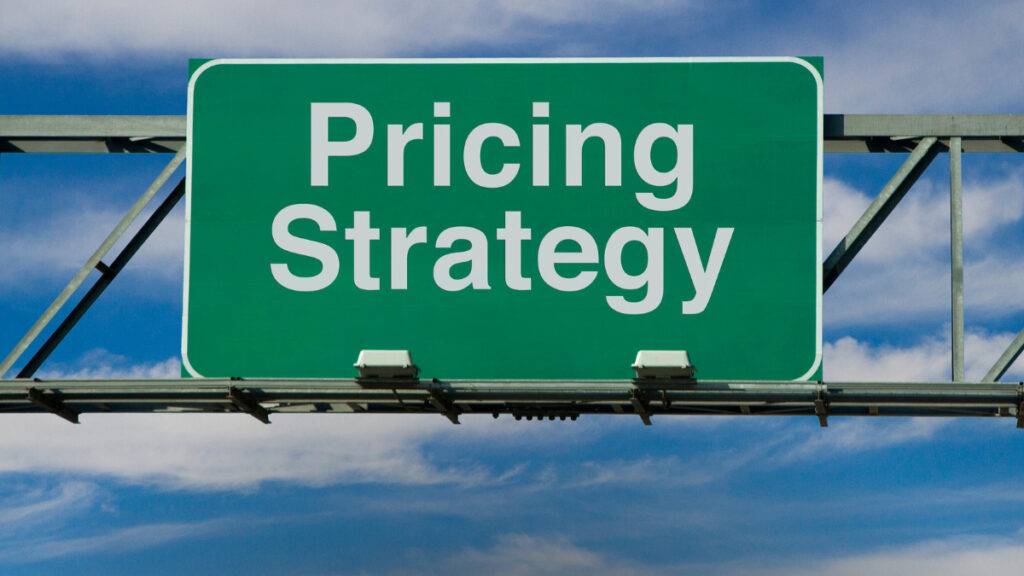Any salesperson knows it can be difficult to win customers and close good deals, especially when customers have many questions or objections.
Knowing how to deal with objections is essential, especially if you want to understand your customers’ needs. Additionally, a more thorough analysis of customer profiles can help you close more deals.
Ready to learn how to handle sales objections? Keep reading to discover the 5 secrets to dealing with objections!
1. Let your empathy flow
First, empathy is critical to understanding what drives customers to object to your service or product.
Basically, empathy means putting yourself in the customer’s shoes. It allows you to understand the real reasons why a customer to say no.
Once you are able to understand what your customer is experiencing, you will be able to connect with them and understand them in greater depth. In turn, it’ll be easier to uncover the real problem and the appropriate response.
For instance, if you have a customer who objects to every point you make, use empathy to find the real objection, whether it’s the price, a perceived lack of value, or some other reason. You can’t close a deal if you don’t understand the customer.
2. Show customers the value of your company
Counter sales objections by also demonstrating the value of your company. In fact, many people end up buying services and products because they’re enthusiastic about the brand.
As a result, your marketing team must be knowledgeable about your company’s brand in order to effectively communicate its value to customers.
If you get the same objections from many customers, it might be time to reshape your brand. In this case, your plan to reposition your company in the marketplace must be communicated to your entire team, then to your customers.
3. Learn how to listen and ask better questions
Being prepared is essential to dealing with customer objections. While some customers are harder to persuade than others, it’s not impossible.
First, a common mistake salespeople make is insisting on selling their product even though the customer hasn’t reacted or shown any signs of interest. The solution? Listen more and talk less.
Ask the customer what they want, and they will explain their needs or why they don’t want to buy your product. From their response, it will be possible for you to guide them through a re-examination of the benefits of your product.
Another tip is to avoid “yes” or “no” questions—if the customer can answer a question with a single yes or no, it’s a bad question. In fact, you have to ask questions that encourage the customer to talk more about their problem. So go deeper, and ask customers about their true motives and desires.
Finally, never act confrontational towards the customer. That is, don’t cut them off and don’t patronize them.
Your goal is to convince the customer that you understand their point of view, so that they’re receptive to your solution. This means being careful with your words.
4. Turn an objection into opportunity
Another way to handle objections is to view them as an opportunity or a chance to start a relationship.
For this to work, you must talk to the customer and get them to see their problems from another perspective. Thus, they will better understand what your company is offering, and may perceive something special or useful about your product that, until then, had gone unnoticed.
Objections can also help you can improve your product. Take advantage of these setbacks and turning them into business opportunities comes down to knowing how to listen and assess a situation.
By viewing objections as opportunities, both you and your company can adapt to the customers’ needs, and improve your sales pitches and proposals.
5. Maintain frequent contact
Contact is very important in dealing with sales objections. In most cases, prospects often have objections because they know little about your product or company.
To familiarize prospects with your company, maintain contact through email, social media, or text messages. However, it must be stressed: contact is not telemarketing! Establish a relationship before trying to sell to prospects.
Be patient. Understand that the prospect may not realize the severity of their problems or benefits of your solution, so send rich and informative content to pique their interest. This will break the barriers between you and the prospect.
However, watch out for cases where a prospect tries asking for more information via email when, in fact, they have no interest in the information—they just want to get rid of you!
In such cases, turn the situation into an opportunity by getting the person’s contact information and following the advice from the previous paragraph: send them emails containing useful content rather than direct sales proposals.
Customer objections are a given in sales. Yet, if you remain empathic, listen, demonstrate value, view objections as opportunities, and maintain contact with customers, you’ll be able to close more and better deals.





